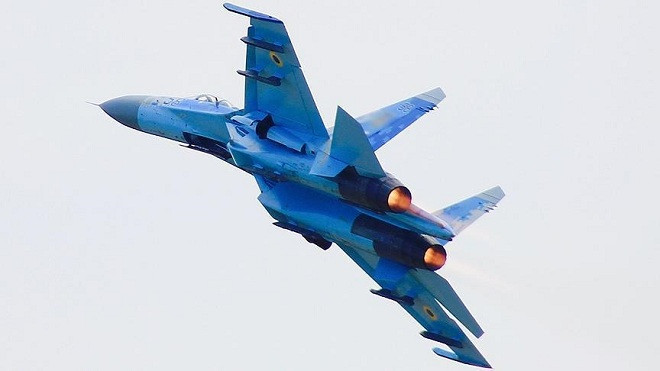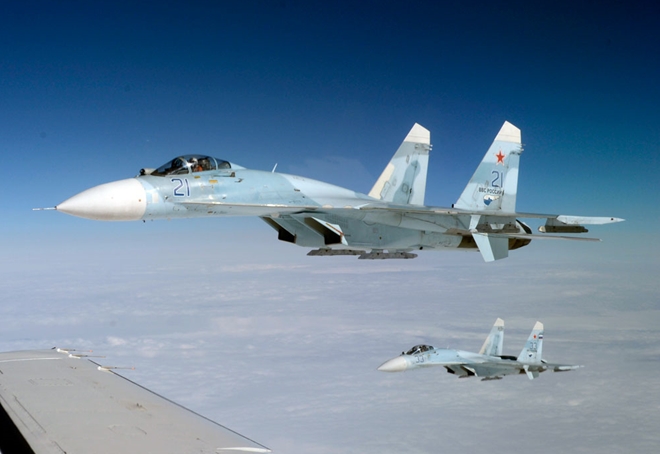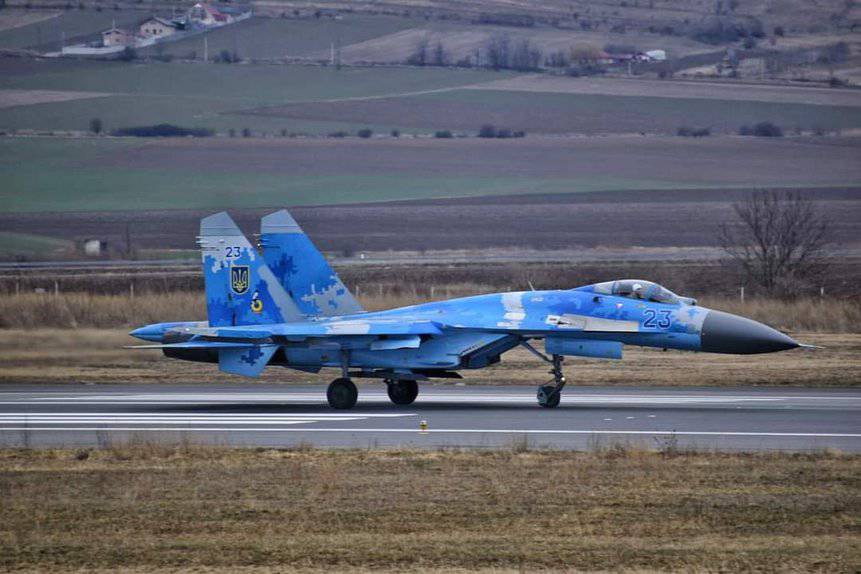The Sukhoi Su-27, known by its NATO reporting name “Flanker,” is one of the most iconic fighter jets ever produced by Russia. Developed during the Cold War era, the Su-27 was designed to counter advanced Western aircraft, such as the F-15 Eagle, and ensure air superiority. With its impressive performance, advanced avionics, and formidable weaponry, the Su-27 has not only served the Russian Air Force with distinction but has also influenced the design of subsequent generations of fighter jets worldwide.

Origins and Development
The development of the Su-27 began in the early 1970s when the Soviet Union recognized the need for a new air superiority fighter to counter the growing threat from NATO aircraft. The Sukhoi Design Bureau, under the leadership of Pavel Sukhoi, was tasked with creating a fighter that could match or surpass the capabilities of the latest American jets.
The Su-27 made its maiden flight on May 20, 1977, and entered service in 1985. Its design emphasized high maneuverability, advanced avionics, and long-range capabilities, making it a formidable opponent in air-to-air combat. The aircraft’s aerodynamic design, combined with powerful engines and advanced fly-by-wire control systems, allowed it to perform complex maneuvers that were previously thought impossible for a fighter jet of its size.

Performance and Capabilities
The Su-27 is powered by two AL-31F afterburning turbofan engines, which provide it with a top speed of Mach 2.35 (approximately 2,500 km/h or 1,550 mph) and a service ceiling of 19,000 meters (62,340 feet). The aircraft’s impressive range of 3,530 kilometers (2,193 miles) allows it to perform extended patrols and long-range interception missions without the need for aerial refueling.
One of the Su-27’s most notable features is its exceptional maneuverability. The aircraft’s large wing area, coupled with advanced aerodynamics and thrust-vectoring engines, enables it to execute high-G turns and complex maneuvers with ease. This agility is a critical advantage in dogfighting scenarios, allowing the Su-27 to outmaneuver many of its adversaries.

Advanced Avionics and Weaponry
The Su-27 is equipped with a sophisticated avionics suite that includes the N001 Myech coherent pulse-Doppler radar, which provides excellent target detection and tracking capabilities. The radar can detect and engage multiple targets simultaneously, giving the Su-27 a significant edge in beyond-visual-range (BVR) combat.
In addition to its radar, the Su-27 features an infrared search and track (IRST) system, which allows it to detect and engage targets without using radar, thereby reducing the chances of detection by enemy aircraft. This combination of radar and IRST systems provides the Su-27 with exceptional situational awareness and targeting capabilities.
The Su-27’s armament includes a 30mm GSh-30-1 cannon and a wide array of air-to-air missiles, such as the R-27 (AA-10 Alamo), R-73 (AA-11 Archer), and R-77 (AA-12 Adder). These missiles enable the Su-27 to engage targets at various ranges, from close-quarters dogfights to long-range BVR engagements.

Operational History and Legacy
Since its introduction, the Su-27 has seen extensive service with the Russian Air Force and several other countries, including China, India, and Vietnam. The aircraft has proven its capabilities in various conflicts and military exercises, consistently demonstrating its superiority in air-to-air combat.
The Su-27’s design has also served as the basis for several advanced variants and derivatives, including the Su-30, Su-33, Su-34, and Su-35. These aircraft have inherited the Su-27’s core strengths while incorporating modern avionics, enhanced weaponry, and improved performance characteristics.
The Su-27 has also played a crucial role in the development of China’s J-11 fighter, which is a licensed production variant of the Su-27. This collaboration has significantly boosted China’s indigenous fighter aircraft capabilities and contributed to the modernization of its air force.

Conclusion
The Sukhoi Su-27 Flanker is more than just a fighter jet; it is a symbol of Russian aerospace excellence and a testament to the ingenuity of its designers. With its unmatched maneuverability, advanced avionics, and formidable weaponry, the Su-27 has secured its place as one of the world’s premier air superiority fighters.
As the Su-27 continues to serve in air forces around the globe, its legacy endures through its numerous variants and the influence it has had on modern fighter aircraft design. The Su-27 Flanker stands as a proud guardian of the skies, a true game-changer in the realm of military aviation.





